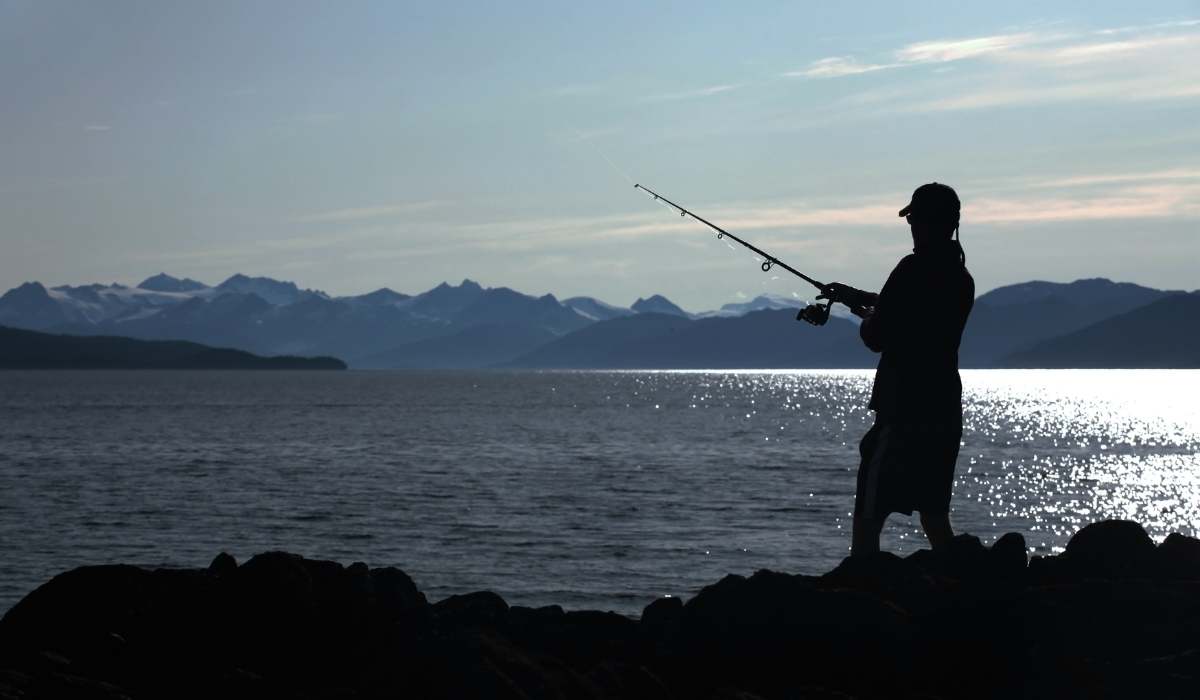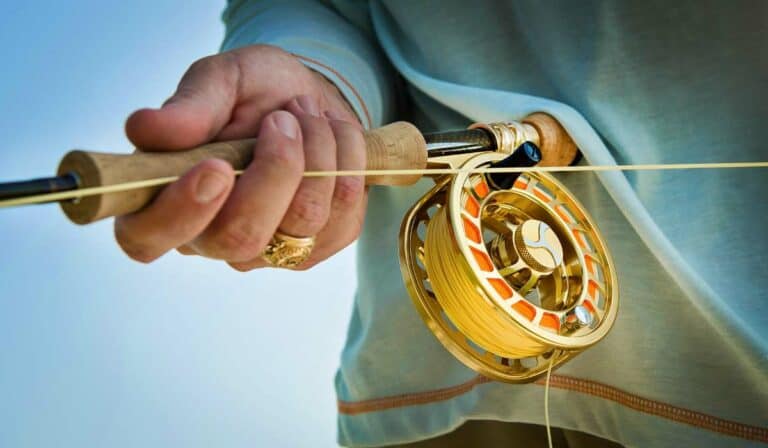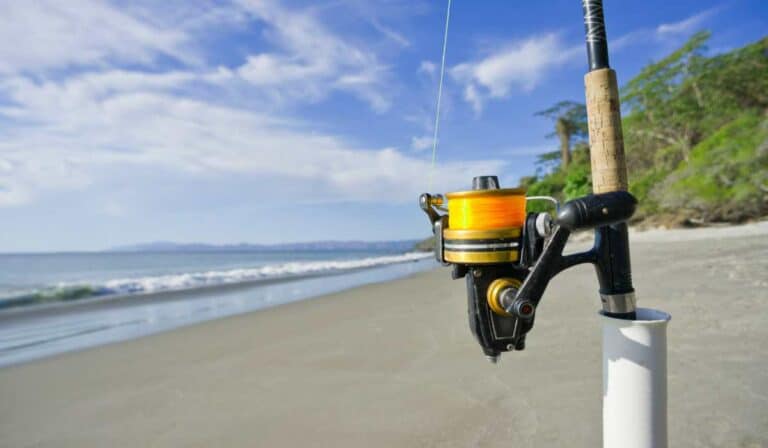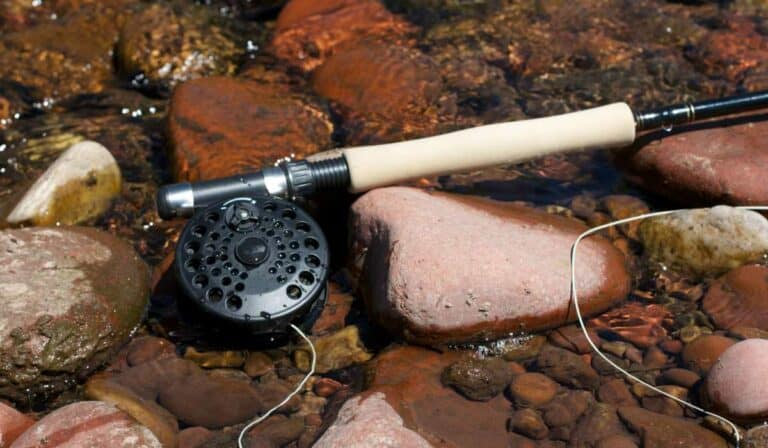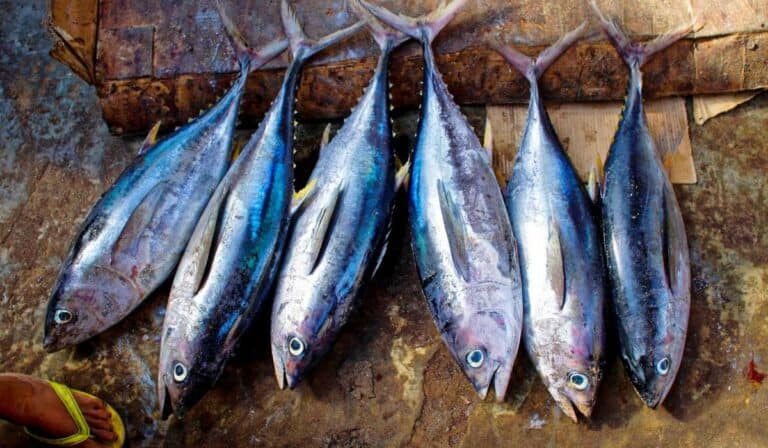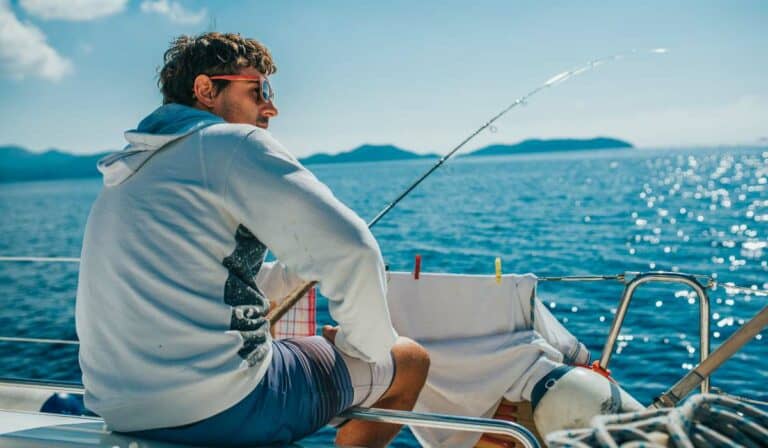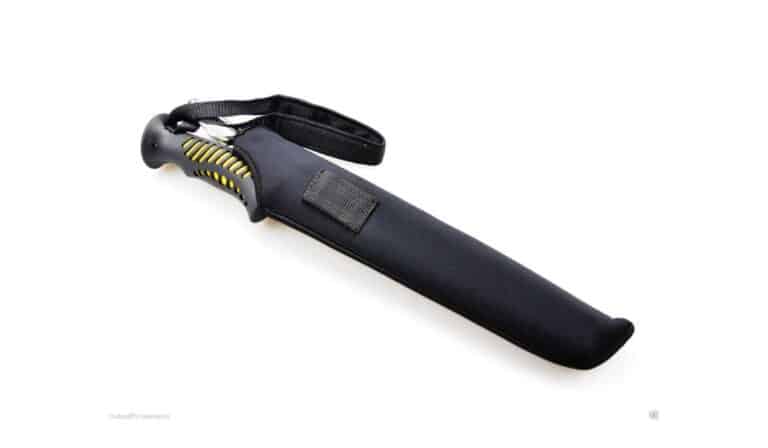Best Time to Go Fishing in Alaska
Discovering the best time to go fishing in Alaska is essential for anyone wanting to enjoy and experience new things exploring planet Earth. Timing your trip to Alaska for optimal fishing opportunities is key for successful angling, as the region offers a variety of popular fish species such as king salmon, rainbow trout, and arctic grayling.
In this comprehensive guide, we will delve into various aspects of Alaskan fishing trips. You’ll learn about prime locations like Kenai River and Ship Creek on the Kenai Peninsula, along with valuable tips for catching fish during peak season. Furthermore, we’ll discuss what gear you need for successful fly or ice fishing expeditions targeting different salmon species.
As you continue reading our blog post on the best time to go fishing in Alaska, expect invaluable information regarding regulations and safety considerations while out on these pristine waters. Let’s embark on this exciting journey together!
Table of Contents
1. Best Time to Fish in Alaska

Maximize your odds of landing a giant catch by learning when the best time to fish in Alaska is. Timing is crucial when planning a fishing trip, as different species are more abundant during specific months. In this section, we’ll discuss the ideal seasons for various types of fish found in Alaskan waters.
- Salmon: The peak season for salmon runs from June through September, with each month offering unique opportunities depending on the type of salmon you’re targeting. For example, king (Chinook) salmon can be caught from May to July while silver (Coho) salmon are available from August to October (source).
- Halibut: Halibut fishing is most productive between late spring and early fall, with prime time being mid-May through September (source).
- Rainbow Trout & Dolly Varden: These freshwater species thrive throughout summer and into early fall; however, some rivers offer great fly-fishing opportunities even during winter months (source).
- Lingcod & Rockfish: Lingcod season typically starts around July 1st and lasts until November or December; rockfish can be caught all year round but are more plentiful during warmer months (source).
Before embarking on your fishing adventure, make sure to check the local weather forecast for optimal conditions. Overall, Alaska offers incredible fishing opportunities throughout most of the year, but planning your trip around specific species’ peak seasons will increase your chances of success.
During the summer months, Alaska’s waters are teeming with salmon, making it an ideal time to go fishing. When visiting Alaska, selecting a fishing spot with the highest potential for success is essential.
Click here to read about Fishing in Any Weather: 2023’s Best All-Weather Fishing Pants
2. Where to Fish in Alaska
If you’re looking for the ultimate fishing adventure, Alaska has an abundance of fantastic spots to cast your line. From freshwater lakes and rivers teeming with salmon and trout to saltwater bays where halibut and cod wait, there’s something for every angler.
Freshwater Fishing Locations
- Kenai River: Known for its world-class king salmon fishing, this river also offers opportunities to catch sockeye salmon, silver salmon, rainbow trout, and Dolly Varden.
- Russian River: A popular spot for sockeye salmon fishing during the summer months. Be prepared for crowds as it can get quite busy.
- Lake Louise: This beautiful lake is home to a variety of fish species including lake trout, Arctic grayling, burbot, and whitefish.
Saltwater Fishing Locations
- Homer Spit: Dubbed “The Halibut Capital of the World,” Homer Spit is a must-visit location if you want to reel in some massive flatfish.
- Ketchikan: Located at the southern tip of Alaska’s Inside Passage, Ketchikan offers anglers excellent opportunities for catching Pacific halibut as well as various species of salmon.
- Seward: Known for its picturesque scenery, Seward is a great spot to fish for halibut, lingcod, and rockfish in the waters of Resurrection Bay.
No matter where you go in Alaska, there’s sure to be an amazing fishing spot for your angling journey. The best time to go fishing in Alaska depends on the species you’re targeting and the location you’re fishing in.
3. When to Go Fishing in Alaska
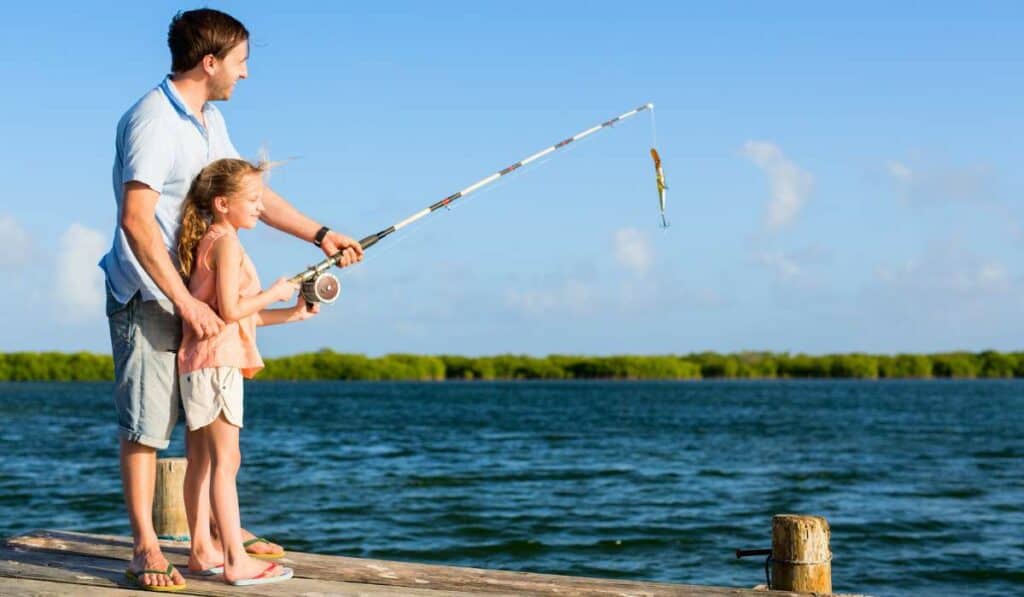
Alaska’s fishing season varies depending on the location and species of fish you’re targeting. Here are some of the best times to go fishing in Alaska:
Peak Season
The peak season for fishing in Alaska is generally from late June to early September. During this time, the weather is warm and the fish are abundant. This is the best time to catch king salmon, silver salmon, sockeye salmon, and pink salmon.
Early June
Early June is a great time to go fishing for king salmon on the Kenai River. The weather is mild, and the river is less crowded than it is later in the season.
Late June
Late June is a good time to fish for sockeye salmon on the Russian River. The fish are starting to run, and the crowds are still manageable.
Early July
Early July is prime time for king salmon fishing on the Kenai River. The fish are plentiful, and the weather is warm and sunny.
Late July
Late July is a great time to fish for silver salmon on the Kenai River. The fish are starting to run, and the crowds are starting to thin out.
Early August
Early August is a good time to fish for silver salmon on the Kasilof River. The fish are starting to run, and the crowds are still manageable.
Late August
Late August is a great time to fish for silver salmon in Ship Creek. The fish are starting to run, and the weather is mild.
Early September
Early September is a good time to fish for rainbow trout and Arctic grayling in freshwater streams and rivers. The weather is starting to cool down, and the fish are still active.
Whether you’re interested in salmon fishing, ice fishing, fly fishing, or any other type of fishing, Alaska has something to offer. With so many sought-after fish species and fishing lodges to choose from, you’re sure to have an unforgettable fishing trip in the Last Frontier.
Exploring Alaska for fishing can provide an exhilarating experience for fishers of all aptitudes, so be sure to investigate thoroughly before taking off. To make the most of your fishing trip, it is important to know what gear you need when heading out on an Alaskan adventure.
Click here to read about The Secrets of Night Fishing: How to Catch More Fish after Sunset
4. What Gear You Need for Fishing in Alaska
Fishing in Alaska is a thrilling and fulfilling experience, yet it’s imperative to have the right equipment for an effective outing. Here are some must-have items for your Alaskan fishing adventure:
- Rods and Reels: Choose a high-quality rod and reel combo that can handle the size of fish you’re targeting. For salmon, consider using a medium-heavy action rod with a baitcasting or spinning reel capable of holding at least 200 yards of line.
- Lures and Bait: Depending on the species you’re after, select appropriate lures such as spoons, spinners, plugs, or jigs. Live bait like herring or shrimp may also be effective when targeting halibut or rockfish.
- Tackle Box Essentials: Don’t forget essentials like hooks (circle hooks are recommended), swivels, sinkers/weights, leaders, and extra line.
- Clothing & Accessories: Prepare for unpredictable weather by packing waterproof jackets/pants (REI has great options) along with moisture-wicking base layers to keep you warm and dry. Polarized sunglasses will help reduce glare on water while sturdy boots provide support during long days on deck.
- Safety Equipment: A personal flotation device (PFD) is crucial for safety while fishing in Alaska’s cold waters; ensure it fits properly before heading out. Additionally, pack a first aid kit (Adventure Medical Kits) tailored toward outdoor adventures.
In addition to the gear mentioned above, make sure you have a valid Alaska fishing license and any necessary permits for your trip. Get set to make some remarkable recollections with your full gear.
Having the right gear for fishing in Alaska is crucial to make sure you have a successful and enjoyable experience. Before embarking on your Alaskan fishing trip, proper preparation is key for a successful and enjoyable experience.
5. How to Prepare for Fishing in Alaska
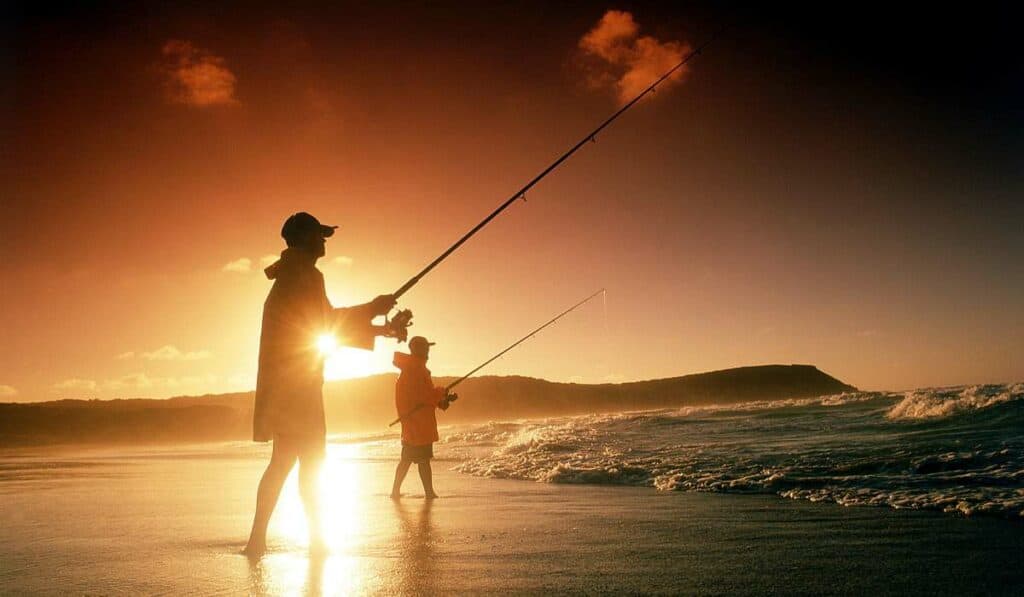
Before beginning your Alaskan fishing expedition, it is important to adequately prepare for the experience. Here are some essential steps you should take before embarking on your Alaskan fishing adventure:
Packing the Right Clothing and Supplies
The weather in Alaska can be unpredictable, so it’s crucial to pack appropriate clothing that will keep you warm, dry, and comfortable while out on the water. Some essentials include:
- Waterproof jacket and pants
- Insulated layers (fleece or wool)
- Breathable base layers (moisture-wicking fabric)
- Gloves and hat
- Sunglasses with UV protection
- Rain boots or waterproof shoes
Obtaining Your License & Permits
In order to fish lawfully in Alaska, it is necessary to acquire a valid fishing license and any other required permits for particular species such as salmon or king crab. You can purchase these online through the Alaska Department of Fish & Game website, or at various local retailers upon arrival.
Researching Local Guides & Charters
If you’re new to fishing in Alaska or want expert guidance during your trip, consider hiring a local guide or booking a charter service. These professionals have extensive knowledge about where the fish are biting and what techniques work best for each species. TravelAlaska.com has listings of reputable guides and charters throughout the state.
Learning About Local Regulations & Safety
Familiarize yourself with Alaska’s fishing regulations, including catch limits, size restrictions, and seasonal closures. It’s also essential to be aware of safety precautions like wearing a life jacket while on the water and knowing how to handle wildlife encounters.
Fishing in Alaska can be a gratifying experience if you put the effort into being ready. Having knowledge of the kinds of fish that inhabit Alaska’s waters is essential for a successful fishing expedition.
Click here to read about Ice Fishing Sleds: The Easiest Way to Haul Winter Fishing Gear
6. What Species You Can Catch in Alaska
Alaska is a haven for fishermen, with an array of different fish species to be found. Anglers in Alaska can find plenty of exciting opportunities to catch fish, both in freshwater and saltwater. Some popular species you can find while fishing in Alaska include:
- Rainbow Trout: These beautiful and feisty fish are found throughout the state’s rivers and lakes.
- Salmon: Five different types of salmon call Alaska home – Chinook (King), Coho (Silver), Sockeye (Red), Pink (Humpy), and Chum (Dog).
- Halibut: The Pacific Halibut is one of the largest flatfish species, with some weighing over 400 pounds.
- Dolly Varden: This char species thrives in cold water environments like those found across much of Alaska.
- Northern Pike: Known for their aggressive nature, these toothy predators inhabit many Alaskan lakes and rivers.
In addition to these well-known game fish, anglers can also try their luck at catching other exciting varieties such as Arctic Grayling, Rockfish, Lingcod, Sheefish and various species of flounder. No matter what type of fish you’re after, Alaska’s waters are sure to provide an unforgettable experience.
Before heading out on your Alaskan fishing adventure, be sure to familiarize yourself with the Alaska Department of Fish and Game regulations for each specific species in order to ensure a responsible and enjoyable trip.
Alaska offers a plethora of aquatic life to reel in, such as salmon, halibut and cod. Be ready for your Alaskan angling outing with these helpful hints.
7. Tips for Catching Fish in Alaska
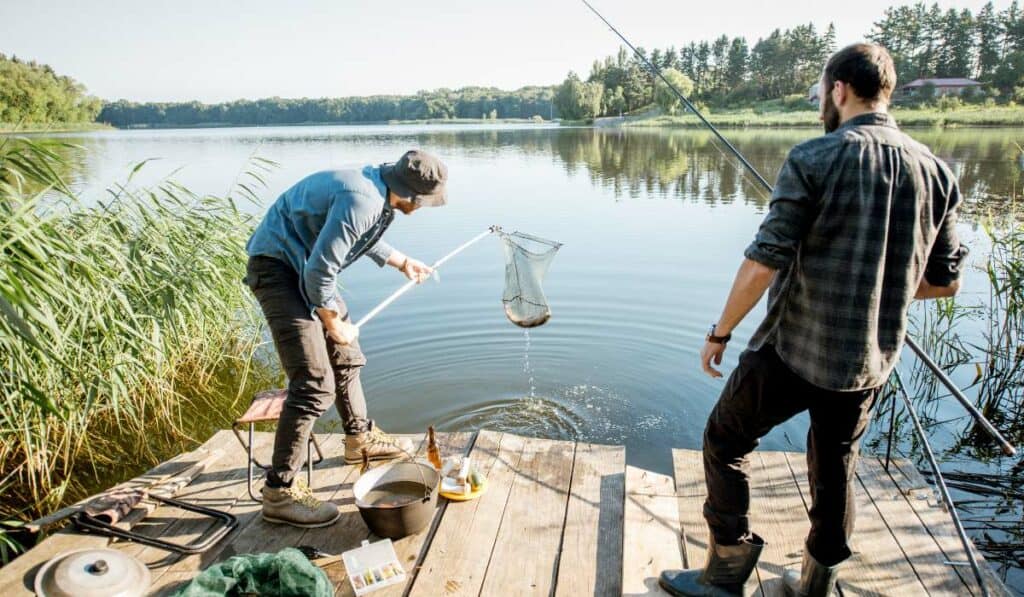
Here are some helpful tips that will help you catch more fish during your Alaskan adventure:
- Trolling: Trolling is a popular technique used when fishing for salmon and other species in Alaska. Attach a lure or baited hook to a line and let it trail behind your boat as you move slowly through the water. This method mimics the movement of prey, attracting fish toward your bait. Check out this guide on trolling for salmon to learn more.
- Jigging: Jigging involves dropping a weighted lure (called a jig) into the water and then repeatedly lifting and lowering it with quick jerks of the rod tip. This erratic motion entices bottom-dwelling species like halibut, cod, and rockfish to strike at your offering. Learn how to master this technique by reading up on jig fishing basics.
- Fly Fishing: Fly fishing is an excellent way to target trout, grayling, char, and even salmon in Alaska’s freshwater rivers and streams. Using specialized gear like fly rods, reels, lines & flies designed specifically for fly fishing can make all the difference when trying this rewarding approach – here’s an informative article about getting started with fly fishing gear.
- Timing: Pay attention to the time of day, as fish tend to be more active during specific periods. Early morning and late afternoon are generally considered prime fishing times in Alaska. Additionally, research local run timings for various species like salmon – knowing when they return to spawn can significantly improve your chances.
Remember that practice makes perfect. The more you fish in Alaska’s diverse waters, the better you’ll become at adapting your techniques and strategies for each unique situation.
Having the correct info and prep can help guarantee a successful angling experience in Alaska. Nevertheless, before venturing into Alaskan waters, it is essential to ensure that you are familiar with all applicable regulations and safety protocols.
Key Thought:
Learn how to catch more fish during your Alaskan adventure with these helpful tips, including trolling for salmon, jigging for bottom-dwelling species like halibut and cod, and fly fishing in freshwater rivers. Pay attention to timing as well, as early morning and late afternoon are prime fishing times in Alaska. Remember that practice makes perfect.
8. Regulations & Safety Considerations When Fishing In Alaska
Fishing in Alaska is an incredible experience, but it’s essential to be aware of the regulations and safety considerations to ensure a fun and successful trip. Familiarize yourself with Alaska Department of Fish and Game (ADFG) rules before heading out on your adventure.
A. Licenses & Permits
All anglers aged 16 or older are required to have a valid fishing license. Non-residents may opt for any of the various licenses, such as one-day, three-day, seven-day or annual ones depending on their requirements. Additionally, you may need a king salmon stamp if targeting this species during specific seasons.
B. Catch Limits & Size Restrictions
The ADFG sets catch limits and size restrictions for various fish species like salmon, halibut, trout, etc., which vary by location and season. Check the current fishing regulations for details about your chosen destination.
C. Gear Restrictions & Prohibited Methods
- Single-hook lures only in certain areas;
- No snagging allowed;
- Sportfish gear restrictions apply;
- Specific area regulations may apply.
D. Safety Considerations
Alaska’s weather can be unpredictable, so always check the forecast and dress in layers. Carry a personal flotation device (PFD) while on boats or near water bodies. Be aware of your surroundings, as wildlife encounters with bears or moose are possible. Lastly, let someone know your plans before heading out.
By following these regulations and safety tips, you’ll have an enjoyable fishing experience in Alaska.
FAQs Best Time to Go Fishing in Alaska
What is the Best Time to Go Fishing in Alaska?
The best time to go fishing in Alaska depends on the species you’re targeting. For salmon, late May through September offers prime opportunities. Halibut season runs from mid-May to mid-September, while trout and Dolly Varden are abundant during summer.
What is the Best Time of Year to Deep Sea Fish in Alaska?
The ideal period for deep-sea fishing in Alaska is between June and August when ocean conditions are more favorable, and a variety of fish species can be found offshore, including halibut, lingcod, rockfish, and even some salmon.
When and Where is the Best Time to Salmon Fish in Alaska?
The optimal time for salmon fishing varies by location: In Southeast Alaska (Juneau), king salmon peaks from May-June; reds (sockeye) peak around July 1st; silvers (coho) peak around August 15th. The Kenai River has an excellent run of kings from mid-June through early July followed by sockeyes peaking in late July.
What Time of Year is Best for Halibut Fishing in Alaska?
The prime season for halibut fishing typically starts around mid-May until September with peak times occurring between June-August. During these months, anglers have better chances of catching larger-sized halibuts along with other bottom-dwelling species like lingcod or rockfish.
Conclusion
Alaska is a fisherman’s paradise, with its vast and pristine waters teeming with various species of fish. Knowing the best time to go fishing in Alaska can make all the difference between a successful trip and going home empty-handed. In this guide, we’ve covered everything you need to know about when to go fishing in Alaska, where to fish, what gear you need, how to prepare for your trip, what species you can catch, tips for catching them successfully, and regulations & safety considerations that must be kept in mind.

